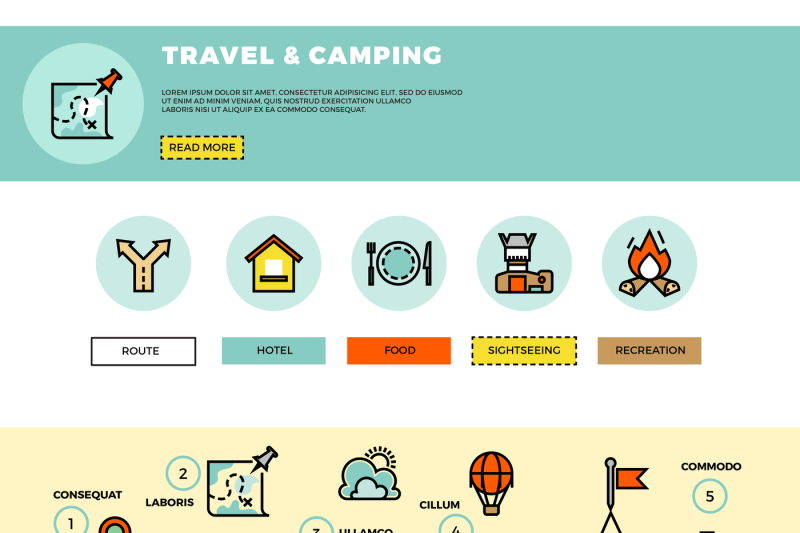Mesh Panels The Best Defense Against Bugs
How Individual Lines Prevent Tent Fabric DamageWhether your camping tent included person lines pre-attached or you're utilizing your very own, seeing to it they are tight and properly positioned is essential to preventing damage and boosting stability. Person lines (additionally known as person ropes) connect the outer wall surfaces and rainfly to support points-- usually outdoor tents stakes, however if ground problems need it alternate remedies can be used.
Tensioning
If you have actually ever before set up an outdoor tents and located the roofing system to be less than taut or the external wall sagging, you possibly weren't appropriately guying it out. These long cables, or ropes, are called man lines and are designed to affix to particular factors on the rainfly and camping tent frame. They prolong outside and risk right into the ground, stabilizing the structure versus side wind pressures that would otherwise distort or damage camping tent textile and joints.
Implementing wind reduction methods, consistently checking and adjusting man line stress for temperature level changes, and protecting risks to the ground aid to stop structural integrity problems throughout usage. In addition, cleansing the entire tent to remove built up mildew and mold and mildew is necessary for keeping tools safety and security and long life.
Stabilizing
Most tents come with grommets or loops for guy lines built into the outer fly of the structure. These crisscrossing cords are important when you want your tent or awning to stand up to gusty wind conditions.
The trick is ensuring that each guy line is tight enough to hold the external fly and outdoor tents body taut, yet not so limited that it puts undue stress on any kind of add-on factors or the textile itself. Because of that, it's finest to utilize a line tensioner and take your time when tightening tent guy lines so that they don't stress or harm the accessory point.
Whether you're renting or buying a tent for an occasion, it's critical to match the structure parts, material, and anchors to the weather forecast and area of your camping site. As an example, if your event is being held outdoors, using weighted ballasts like concrete blocks or water barrels to supplement ground risks can help to stand up to high winds.
Maintaining the Rainfall Fly in position
Keeping the rain fly tight and not touching the outdoor tents body aids to avoid water transfer from outside to within. This additionally enhances airflow and makes for a drier, extra comfy camping experience.
The crisscrossing cords that feature lots of camping tents, awnings and shelters might appear like a problem, but they're crucial for supporting your camping tent in high winds. They work to draw external tension on the outdoor tents framework and endure a lot even more pressure than the thin, brief risks that come with the majority of devices.
Utilizing the line tensioner, systematically tighten up each man line around your tent up until it's firm but not extremely tight. Be sure to have military tent adequate back-length for a strong, secure knot. When you're finished, see to it to eliminate each of the lines and set them bent on dry prior to packing them away. This will certainly avoid the build-up of mold and mold and extend the life of your canvas outdoor tents or rainfly.
Security
The extra assistance offered by individual lines assists to maintain a camping tent, also in windy problems. They help to neutralize lateral winds that would certainly otherwise transform a tent right into a makeshift parachute, providing security and protecting campers from prospective damages.
Using individual lines likewise permits improved air flow within a tent. By advertising a splitting up between the rainfall fly and tent body, person lines keep wetness and condensation from accumulating inside.
It is necessary to remember that a person line must be adjusted to be taut, however not overly limited. Tighter lines might put undue stress and anxiety on the textile and add-on factors, possibly harming the tent or creating a harmful environment for campers. A basic bowline knot is the ideal way to protect an individual line, making it easy for campers to change and separate when needed. Keep a collection of extra heavy fixes for your outdoor tents in your car for when you're camping on tough substrates like dirt, sand or mud.
